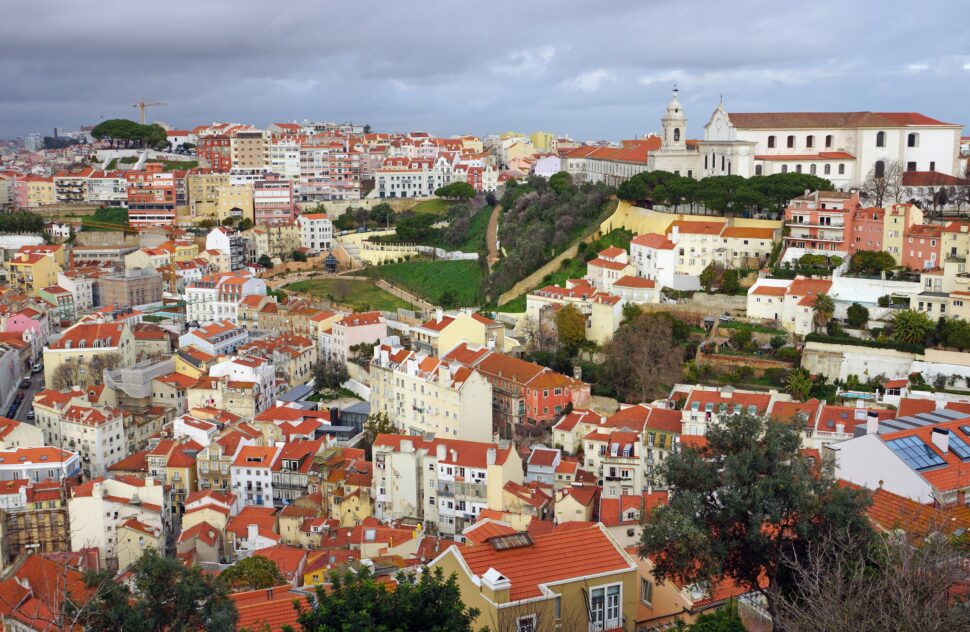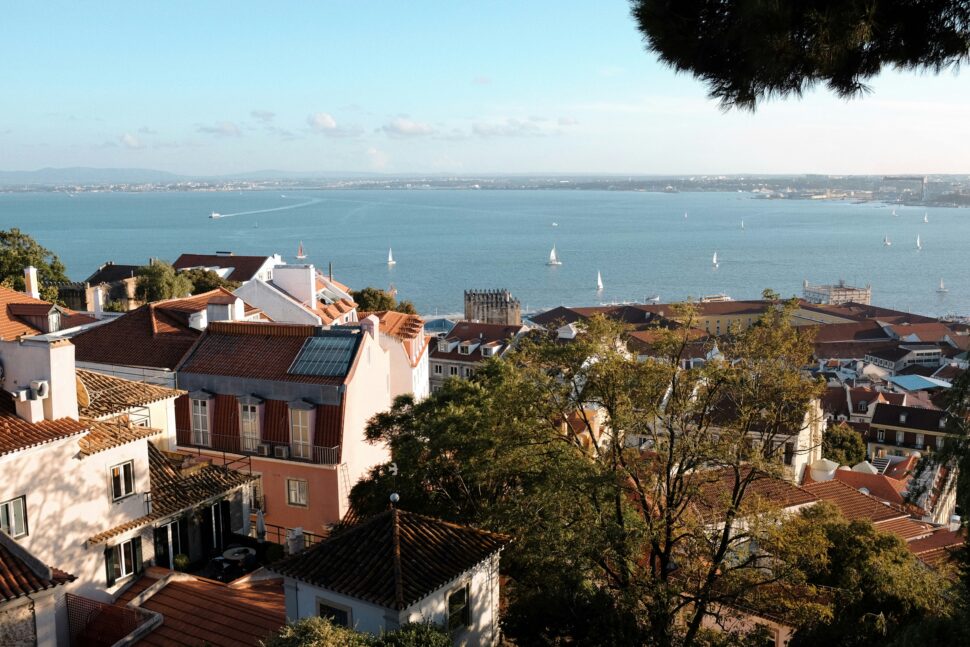Portugal, a city not far from the boundary between the Eurasian and African tectonic plates, is no stranger to earthquakes. In 1755, at least 50,000 in the area lost their life to one with an astounding magnitude of 8.5-9.0. Thankfully, we haven’t experienced another quite that severe since, although the Lisbon, Portugal earthquake on Monday (Aug. 26) did mark the biggest to strike the country since 2009’s 5.9 magnitude incident. This week’s quake was measured at 5.3 on the Richter scale by the Portugese Sea and Atmosphere Institute (IPMA); it was recorded at 5:11 AM local time, waking many residents from their slumber.
What’s Happening in Portugal?

The epicenter of the Lisbon, Portugal earthquake is on the high seas, 58 kilometers west of the town of Sines; IPMA recorded the quake’s depth at 21km. On Monday morning, the Portugese government issued a statement confirming that “close coordination with all the relevant services” was unfolding in response to the quake. Officials asked locals to remain calm and follow recommendations shared by the National Emergency and Protection Authority (ANEPC). “We received a lot of calls, especially from people who wanted to know what was going on and what they should do. At this time (6 AM local time) we still haven’t managed to count the number of calls received,” Commander José Miranda shared in a statement.
At least 2,0000 people reported the tremor using the United States Geological Survey (USGS) tool, “Did you feel it?” When speaking to BNO News about her experience, a resident named Keira McCan shared, “We are located on the ground floor apartment and the entire building shook above us and the floor below us felt like it was sinking. Our dogs woke up and were freaking out. We did not expect to experience this in Portugal.”
Is It Safe to Travel After the Lisbon, Portugal Earthquake?

Shocks from the Lisbon, Portugal earthquake were also felt strongly in Sines and Setúbal. As Euro News reports, social media users in further places like Porto, Spain and Morocco were impacted by the shaking too. “Initially thought I was just shaking while sleeping until my brother rushed to properly wake me up and tell me that he felt it too,” Casablanca resident Rimah Oubella told the outlet. “Not too strong of a shake but enough for my bed and my body to move.”
The quake wasn’t big enough to create a tsunami on the US East Coast or elsewhere in Europe, and no victims or major damage has been reported at this time. “We only have information at this time about a situation in a street in Sesimbra in which possible cracks in buildings are being assessed,” Miranda noted in his statement. Additionally, the USGS reports that no other seismic activity has occurred within 400km of today’s epicenter in the past 30 days
Because of its location on the tectonic plates, Portugal is a popular spot for tremors to hit. Several below a 3.0 magnitude take place annually, but most aren’t felt by the general public and cause no damage. Still, there are incidents like this week, which make their presence felt and can cause structural damage. While traveling to the area after the earthquake is likely safe, it’s worth noting that aftershocks come in the “minutes, hours, days or even months after the original quake,” so if your destination has been struck recently, be aware of the risks and catch yourself up on local emergency guidelines.





